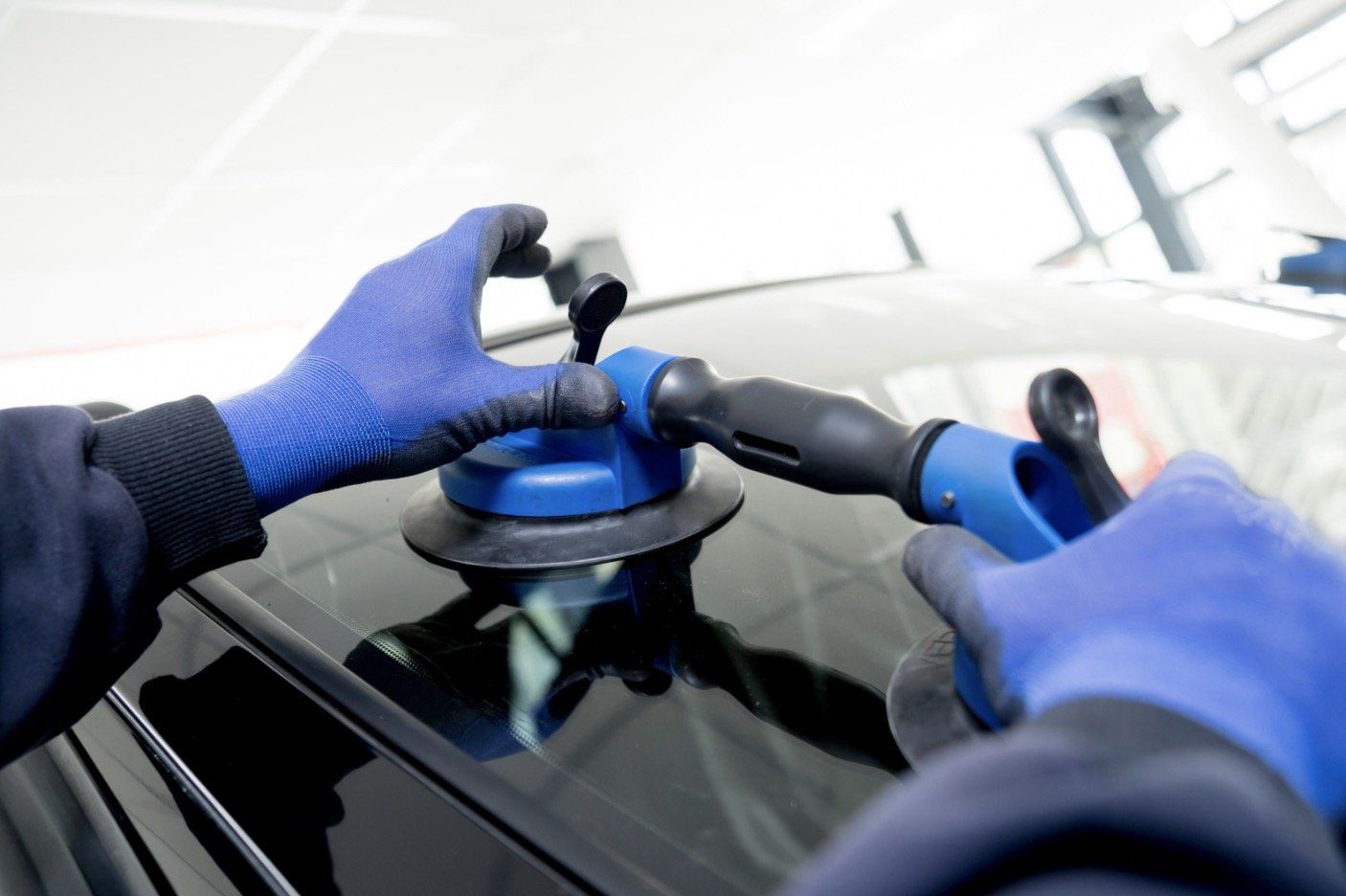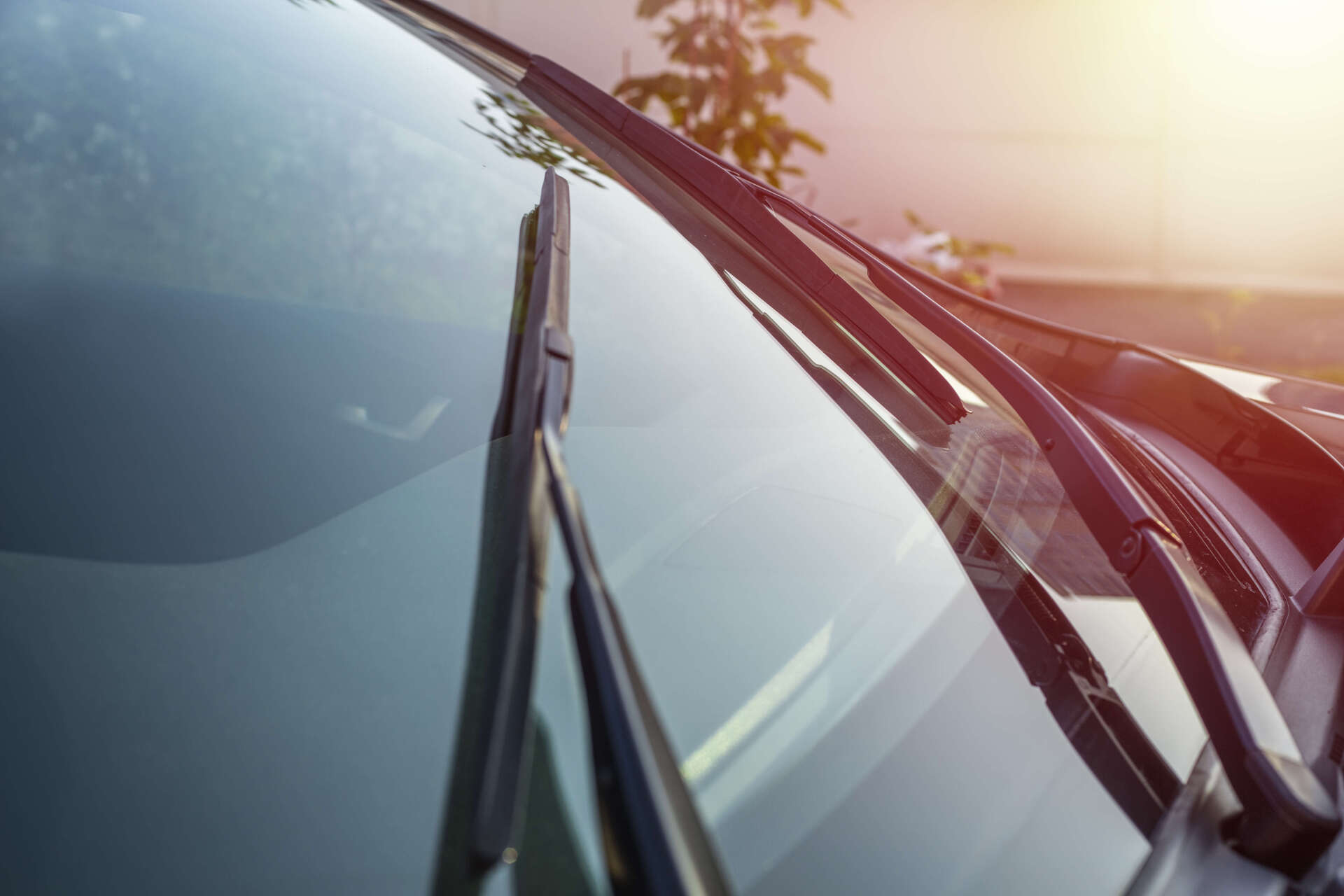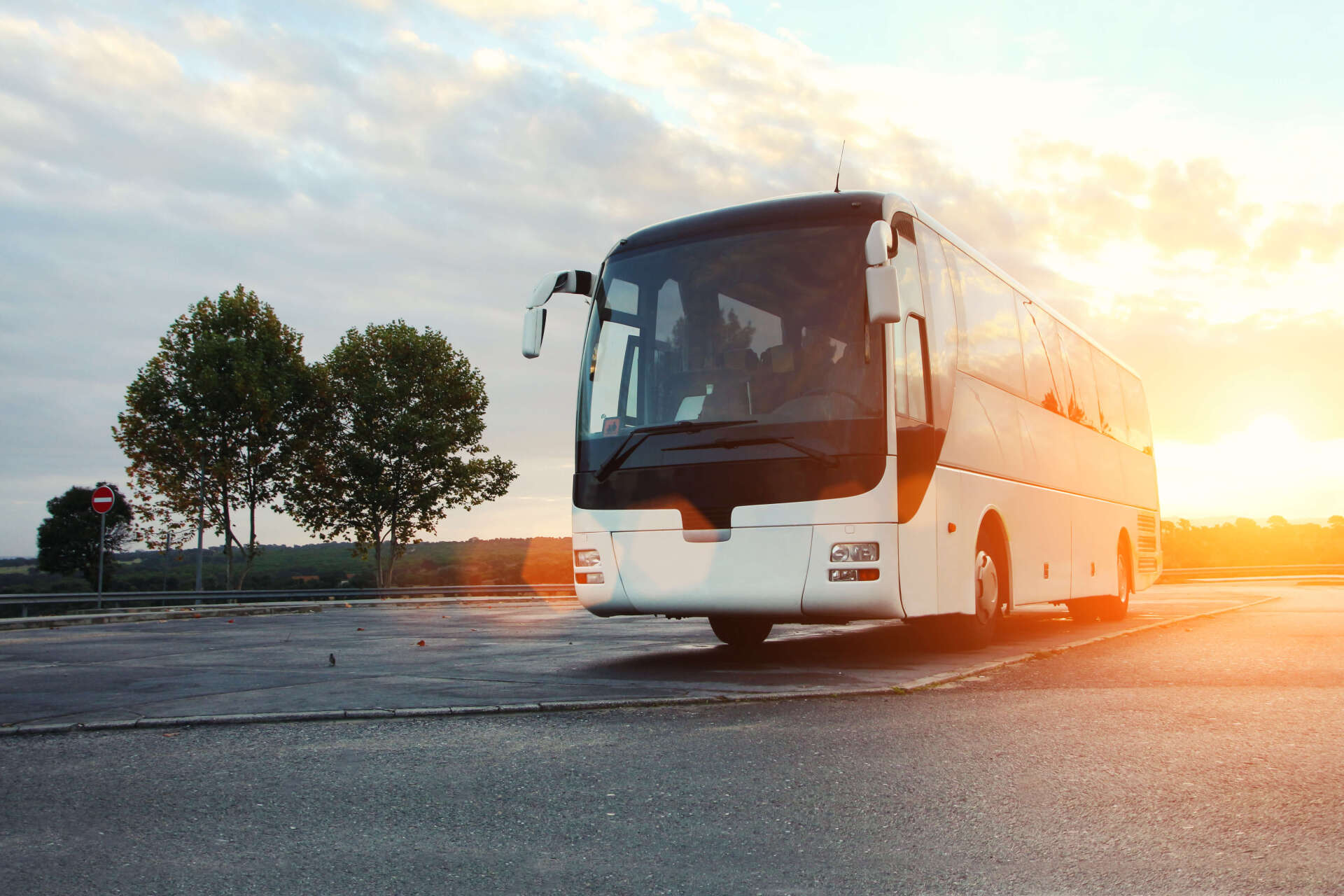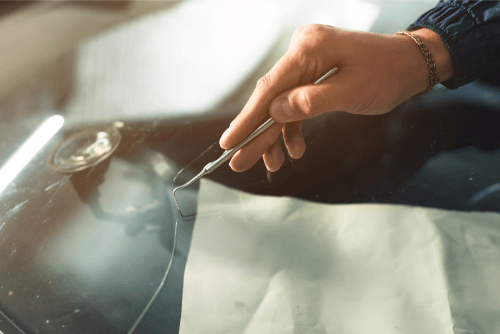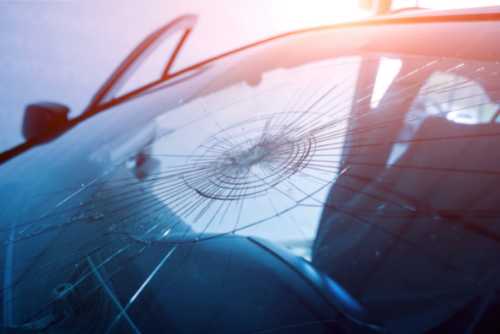Future Forecast: How Climate Change Could Impact Windscreen Design and Materials
Are we designing today's vehicles for tomorrow's climate? As climate change reshapes our environmental conditions, the automotive industry faces a compelling challenge: redesigning vehicle components to withstand new extremes. Windscreens, critical barriers between passengers and the environment, must evolve to handle increased temperatures, higher ultraviolet (UV) radiation, more acidic rain, and escalated frequency of severe weather events. This isn't just about innovation; it's a necessity for today's vehicles to be equipped for tomorrow’s climates.

Changes in Windscreen Material Needs
With the escalation in global temperatures and increased UV radiation levels, the automotive industry faces a pressing challenge to develop windscreens capable of enduring these harsh conditions without succumbing to warping or brittleness. Innovations in windscreen materials are now sharply focused on enhanced thermal resistance, where new types of glass are being developed to withstand prolonged exposure to extreme heat without losing clarity or strength. Simultaneously, advances in technology have led to the incorporation of advanced UV-blocking layers within the windscreen. These layers are designed to effectively block harmful UV rays, thereby protecting both passengers and the interior of the vehicle from sun damage and excessive heat. Together, these developments represent a significant step forward in automotive design, aligning material properties with the evolving demands of global climate patterns.
Innovations in Windscreen Technology
Photochromic and Thermochromic Windscreens
Photochromic and thermochromic windscreens represent significant advancements in automotive glass technology. These windscreens contain special compounds that undergo chemical changes when exposed to UV light and temperature variations, allowing the glass to automatically adjust its tint. In practical terms, this means that on bright, sunny days, the windscreen will darken to reduce glare and decrease the amount of solar heat entering the vehicle, thereby enhancing driver comfort and reducing the load on the vehicle's air conditioning system. Conversely, in lower light conditions, such as during overcast weather or at night, the windscreen clears to maximize visibility and safety. This adaptive feature is especially beneficial for long-distance drivers who experience changing light conditions, helping to reduce eye fatigue and improve concentration.
Impact-Resistant Technologies
Impact-resistant technologies in windscreens involve the integration of advanced engineering materials and designs to withstand physical stress and impacts better. This is achieved through the application of multiple layers of glass bonded with durable polymeric interlayers, typically made from materials such as Polyvinyl Butyral (PVB) or ethylene-vinyl acetate (EVA). These interlayers absorb and distribute the energy from impacts, such as stones thrown up by other vehicles or hail, thereby preventing the glass from shattering. Additionally, some manufacturers have begun incorporating polycarbonate layers, known for their high impact resistance relative to standard glass, into the windscreen's construction. These materials not only protect the glass from breaking but also significantly enhance the overall safety of the vehicle by maintaining the integrity of the cabin in accidents. The application of such technologies is critical not only for passenger protection but also for maintaining clear visibility in adverse conditions, which is paramount to safe driving.
Design Considerations for New Climate Realities
As climate patterns shift and extreme weather becomes more common, the design of vehicle windscreens has had to evolve significantly to meet these new challenges. Modern windscreens are no longer just passive elements for visibility but active components that enhance vehicle performance and safety through improved aerodynamics and adaptive climate control.
Aerodynamic Windscreen Shapes
Aerodynamics play a crucial role in vehicle design, influencing both fuel efficiency and stability, especially in storm-prone conditions. New windscreen designs are being crafted with aerodynamics in mind, featuring more streamlined shapes that help reduce air resistance and vehicle drag. This not only improves fuel economy but also enhances the vehicle's handling and stability at higher speeds and in adverse weather. For example, some modern vehicles feature windscreens with a greater slope, which helps to smoothly channel air over the roof and sides of the vehicle, minimizing turbulence and the resultant drag. This design consideration is particularly crucial for electric vehicles, where efficiency and battery range are paramount.
Enhanced Structural Integrity for Extreme Weather Resistance
As extreme weather events become more frequent due to changing climate conditions, the structural integrity of vehicle windscreens is more critical than ever. Modern windscreens are being designed not only to withstand normal wear and tear but also to resist the additional stresses posed by severe weather, such as heavy snowfalls, powerful storms, and extreme temperature fluctuations. Engineers are utilizing a combination of advanced materials and innovative layering techniques to enhance the windscreen's strength and durability. For example, the incorporation of tempered glass, which is treated by controlled thermal or chemical treatments to increase its strength compared to normal glass, and laminated layers that hold the glass shards together even when shattered, prevent potential injuries during accidents. These windscreens act as a critical component of the vehicle's safety structure, helping to maintain the cabin's integrity in the event of a rollover or collision, providing an additional layer of safety for passengers and significantly improving the overall resilience of vehicles to adverse weather impacts.
Case Studies
Tesla’s UV-Reflective Windscreen
Tesla's commitment to enhancing driver and passenger comfort in extreme climates led to the development of UV-reflective windscreens. These windscreens not only prevent the harmful effects of UV radiation but also significantly reduce the interior temperature during hot weather, thereby reducing the air conditioning load and improving overall energy efficiency. This innovation is particularly beneficial in regions experiencing rising temperatures and greater sun exposure due to climate change.
Volvo’s Climate Adaptive Windscreen
Volvo has introduced windscreens equipped with enhanced heating elements and innovative hydrophobic coatings designed to tackle the harsh winter conditions of Scandinavia. These windscreens rapidly defrost and demist, thanks to their superior heat distribution technology, which ensures that the glass remains clear even in extreme cold and wet conditions. Furthermore, the hydrophobic coating repels water more effectively, preventing ice from forming and maintaining clear visibility during snowstorms and icy conditions.
Conclusion
As the climate continues to challenge existing automotive designs, the evolution of windscreen technology becomes not only a marker of innovation but a fundamental aspect of vehicle safety and efficiency. By pioneering advanced materials and designs, the automotive industry is not just responding to the effects of climate change but is actively preparing for a more resilient future. These technological strides ensure that vehicles remain safe, efficient, and adaptable in the face of increasingly unpredictable environmental conditions. At Windscreen Medics, we are committed to these innovations, offering cutting-edge solutions that enhance both the sustainability and performance of your vehicle. Trust us to maintain and upgrade your windscreen, keeping you ahead in a rapidly evolving automotive landscape.
Categories
Auto Glass Experts

